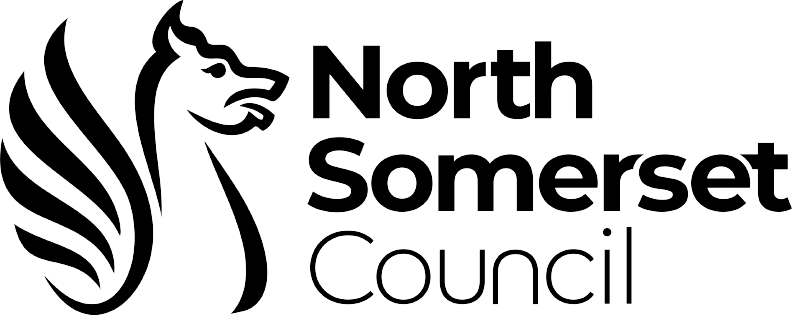Matching the best of both
At the beginning of Stage 1, we were aware that as an Anglo-Thai couple we were unlikely to find an exact ethnic match, let alone if we only looked in our home city. So we’ve been open to searching nationally from day one. Not specifically for a Thai-British child, but one of mixed White British and South East Asian heritage whom we could genuinely support in a dual heritage family.
We know we’re restricting our chances by looking for an ethnic match, but it feels right to us that both sides of our relationship are combined in our family finding. And South East Asia is a huge region incorporating China, Japan, Indonesia, The Philippians, Vietnam and the Koreas, for example, as well as Thailand’s neighbours Malaysia, Burma, Laos and Cambodia.
Improving our understanding
We’ve come across a spectrum of viewpoints during our journey from those who are fully supporting of our desire to match as closely as possible, to those who believe ethnic matching is less important. Interestingly, those who consider it less important all have one thing in common: they’re White British, or more specifically, White English.
Is this one of the factors we need to consider: unless you are from an ethnic minority background, or in a multi-heritage family, how can you really understand what it is like to be part of two communities?
To us, our shared heritage isn’t just a tick box on an application form. It’s about our belonging to two communities with their respective histories, cultures and identities. We call it, ‘The best of both’.
What is ‘The best of both’?
In our home, we celebrate two cultures equally. Christmas and Easter with our family, plus Songkran and LoiKrathon with friends and families in the Thai community. This April saw over 300 packed into the community centre for blessings, music and dance, traditional costumes and of course, plenty of tasty food.
Back home, our birthdays and summer BBQs involve children of dual heritage playing and bonding with each other when their parents come around.
There are two languages being spoken. Whilst English is generally the primary language among our Anglo-Thai friends, their children have at least an understanding and more often a good comprehension of Thai. Some are fully bilingual: what an advantage to them with the options this opens for work and travel!
We eat oriental food three or four nights a week. Not just the ubiquitous Thai green curry made from a supermarket jar, but authentic soups and vegetables with rice and noodle based dishes you won’t often see in an Anglicised environment; Thai cooks knock these up with the same ease with which we can roast a chicken.
Why does it matter?
We sometimes see profiles claiming that a child does not relate to their non-British heritage. This raises the question, have they had the opportunity to? Or has that heritage been recognised by their support workers? How can children miss something they don’t know exists? What will be their reaction if as adults, they explore and discover what they’ve missed out on whilst growing up?
The easiest way to understand a loss of identity is to turn it around: what would it be like for a White British child adopted into a family which never gave it a Christmas stocking or an Easter egg?
Reference
This piece is written by an adopter living in our region, it was originally published in Adoption Today, ‘Transracial adoption – an identity crisis too far?’ (October 2016, pp10-14). Details have been edited to maintain the anonymity of the individuals featured.









